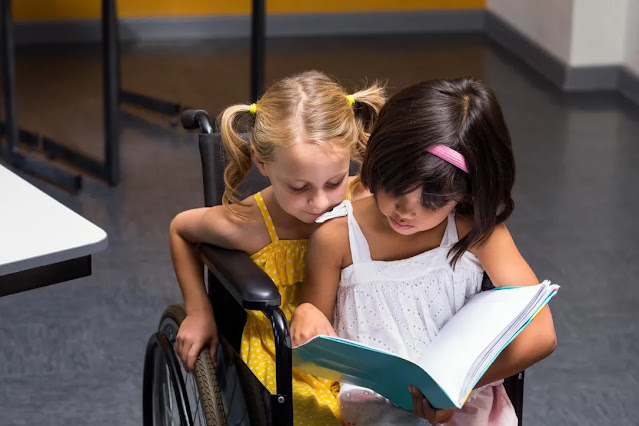Using Progressive approach to community participation to provide help with life stage transition
Innovative community participation NDIS for
disabled people can take many forms, but the goal is always to help individuals
with disabilities to be more involved in their local communities and to have
greater access to community services and activities. Some examples of
innovative community participation for disabled people include:
- Partnering with local businesses to provide job training and employment opportunities for people with disabilities.
- Creating inclusive community spaces, such as parks and playgrounds, that are accessible to people with disabilities.
- Developing programs that connect people with disabilities with mentors or role models who can provide guidance and support.
- Offering specialized classes or workshops for people with disabilities, such as art therapy or adaptive yoga.
- Building a network of support for people with disabilities, such as peer groups or online forums, where individuals can connect with others who understand their experiences.
- Developing technology and mobile applications that facilitate community participation for people with disabilities, such as assistive technology for communication or transportation.
- Encouraging the participation of people with disabilities in local decision-making and governance, through the appointment or election of people with disabilities to local boards, committees and councils.
- Promoting inclusive design, with buildings, spaces and products that are accessible and usable by the greatest number of people, regardless of their abilities.
It's important to note that community participation should be inclusive and tailored to the individual's needs and preferences, and that it's important to involve people with disabilities in the planning and design of community participation programs.
Life stage transitions can be difficult for
everyone, but they can be particularly challenging for people with
disabilities. Some examples of life stage transitions that people with
disabilities may face include:
- Transitioning from childhood to adulthood
- Transitioning from school to work or post-secondary education
- Transitioning from living with family to living independently
- Transitioning from one type of care or support to another
- Transitioning from one living situation to another, such as moving to a different home or care facility
- Transitioning from one stage of health to another, such as losing or gaining mobility or cognitive abilities
To assist life stage transition, people
with disabilities and their families can take some steps such as:
- Developing a support network of friends, family, and professionals who understand the individual's specific needs and can provide emotional support.
- Planning ahead for potential transitions by identifying potential challenges and developing strategies to address them.
- Preparing for a transition by gathering information about available resources and support services.
- Building self-advocacy skills so that the individual can communicate their needs and preferences effectively.
- Keeping in touch with healthcare providers and making sure you are up to date with necessary treatments and check-ups.
- Seeking professional help such as counseling or therapy for emotional or mental health concerns.
- Creating a personal budget and financial plan to ensure the individual has the resources they need.
- Finding ways to maintain continuity and connections in their life, such as keeping in touch with friends and family, participating in familiar activities, and maintaining a sense of identity and purpose.
It's important to remember that life stage
transitions can be difficult, but with the right support, people with
disabilities can navigate them successfully and live fulfilling lives.



Comments
Post a Comment